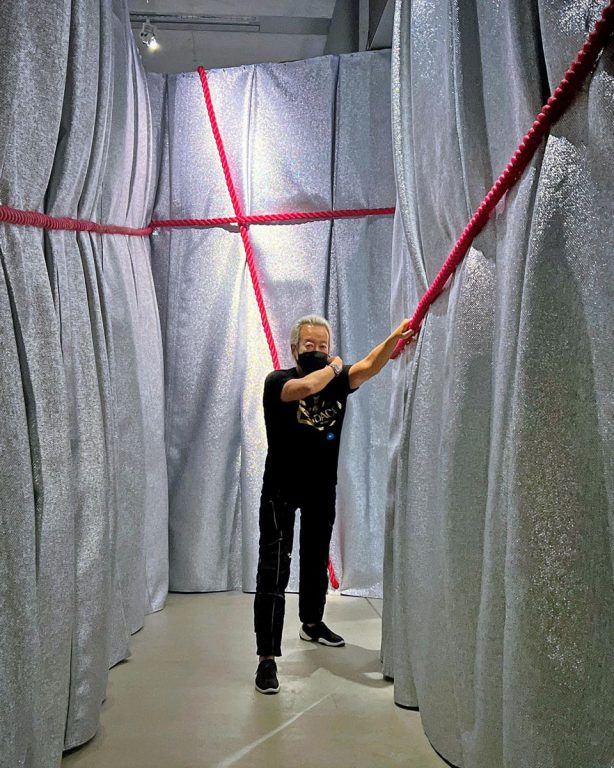Contemporary Art for Brand Equity

As an art gallery owner, I often think about the needs (demand) for contemporary art. The need for contemporary art is dramatically increasing…yet it has not received much attention in Japan.
First, the need for art as interior decoration has increased, driven by the “home” demand that was noticed in Corona. Those who have many people over to their homes are especially in demand because the living room is like a social gathering place. Art is an important item that demonstrates people’s sense of style.
Otsuka Kagu has been collaborating with artworks in its bedding and bedding specialty stores in Ginza. PARCO, Seibu Department Store, Ginza SIX, and other popular department stores always have permanent galleries of contemporary art, and many artists are also used in store design.
Furthermore, café and store managers and real estate developers should also have an appreciation for art. Art adds meaning and value to a place. There are excellent contemporary art museums in Mitsui Fudosan’s Midtown and Mori Building’s Roppongi Hills.
Public and community facilities also need art as icons. In such cases, three-dimensional art is often planned for the outside of the building. It stands out and attracts customers. Once established, the art will increase the value of the real estate.
Art is also in high demand for town revitalization and international events. Perhaps the greatest work of art in Japan is Taro Okamoto’s “Tower of the Sun,” built for the 1970 Osaka World’s Fair, and although it was torn down after the event, it has survived and become an icon representing Japan itself.
I was once invited for dinner at a guest house in Akasaka built by the chairman of a major cosmetics company. It was a large, magnificent facility with a kitchen prepared by a chef of the chairman’s choice. However, there was not a single piece of art on display, although the company’s own poor calendar was on display!
In a historic building in Kyoto, which was purchased by a businessman for a guest house, there was an art museum bearing the company name, but it displayed everything from Egyptian to Japanese classics in a disorderly manner. The lack of context was so bad that it was enough to make one doubt the management’s sense.
POLA and Bennett are good examples of companies where the management’s love of art has become the branding for their products and services. Most luxury brands have an affinity with art. It is not just about collaborating with artists, but also having its own gallery at ESPACE in Loius Vuitton Omotesando and at HERMES Ginza.
Jim Stengel, the branding godfather and former P&G CEO who was the world’s first Chief Marketing Officer (CMO), estimates that 30% of market capitalization is brand value in his stock analysis of the 50 most branded stocks in the S&P 500 of U.S.-listed companies. He estimates that 30% of the market capitalization is the brand value. Management with an artistic sense can add incredible value.
The Corona disaster led to an unprecedented money glut. Among various investments, art yielded the highest yield over bonds, stocks, and real estate, with art yielding 13.6% in 2020 (S&P=8.9%). – From MasterWork’s ‘Understanding Art as Investment’.
Japanese managers have also started to buy contemporary art, especially young techies, such as LY-chan, KYNE, Ayako Rokkaku, and Yusuke Hanai, with terrific bidding prices on the secondary market (auctions). If successful tech executives from startups incorporate art itself into their management and branding, it will be appreciated globally. I would like to see managers learn more and more about art as branding and management that understands the sense of art.




Keitaro Takeda, Denis Labelle, and 112 others
7 comments
1 share





